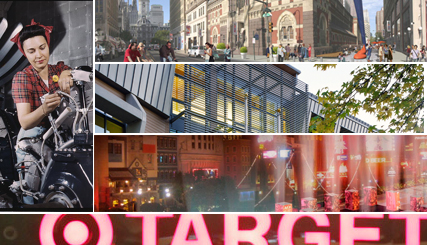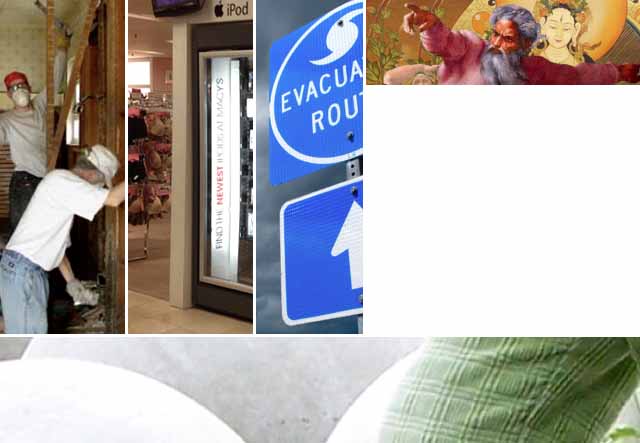An HDR engineer on the AEC's Gender Gap. Gensler's campaign to reimagine cities. A focus on specific tools by Olin. BNIM on generous pragmatism.

Gender gap in the AEC industry. Claire Shigekawa, an engineer at HDR Architecture, explores women in the engineering workforce, citing a Congressional Joint Economic Committee report that announced that women make up 14% of the engineering workforce.
Shigekawa cites the advantages to being female in a male dominated field, especially in hiring and professional programs, and some tips to help you have a successful career as a female.
Reimagining cities. Mischa Ickstadt of Gensler discusses how the firm is launching the Reimagining Cities campaign as nearly 70 percent of the world’s population—some 6.29 billion people—will live in cities by 2050. This increases pressure to create urban centers that facilitate healthy human social interaction.
“Cities are growing into megalopolises, generating an entirely new set of challenges. Even in the established urban centers across Europe and North America, shifting economies are beginning to grow and merge into significantly larger hubs of social and business activity.” – Mischa Ickstadt
Via Gensleron Cities
Focus on specific tools. The OLIN Studio blog explores the benefit of focusing on select tools, mediums and methods-- if you spread your effort among too many interests it will be nearly impossible to find the time and attention to get traction in anything.
Landscape architects must know a multitude of things such as construction codes, human behavior, soils, plant species, sustainability, history, the arts. The tools are getting more complex and varied, and designers have very nearly reached a point where they must decide what tools they will spend their time on, and what their signature way of communicating will be.
Generous pragmatism. Steve McDowell of BNIM looks at how the real estate market is changing, and how meaningful innovation is key to how buildings and the building industry will transform to elevate human potential and greatly reduce environmental impact.
What a building does matters as much as how it looks. “Over the last decade, our design approach has moved from what had been mainly an intuitive process to one that is now described as intuitive — scientific — experiential.” – Steve McDowell
Via BNIM Blog
Innovative Social Media
More shoppers in Target stores. Target is rolling out Cartwheel, a service that combines social networking and discounts, to lure shoppers into its stores. The program relies on shoppers to use their Facebook accounts, but shoppers can only redeem the offers they choose in Target's stores, not online. With Cartwheel, shoppers select the deals they want online and then bring a barcode - either on paper or on a mobile phone - to a Target store to get the discounts. Shoppers can see what offers their Facebook friends have chosen, and earn more offers by having their Facebook friends sign up.
Via Huffington Post




 Preserving and maintaining Wright. An app for ecological urbanism. Soaking it up in Philly. Balancing design and value.
Preserving and maintaining Wright. An app for ecological urbanism. Soaking it up in Philly. Balancing design and value.
